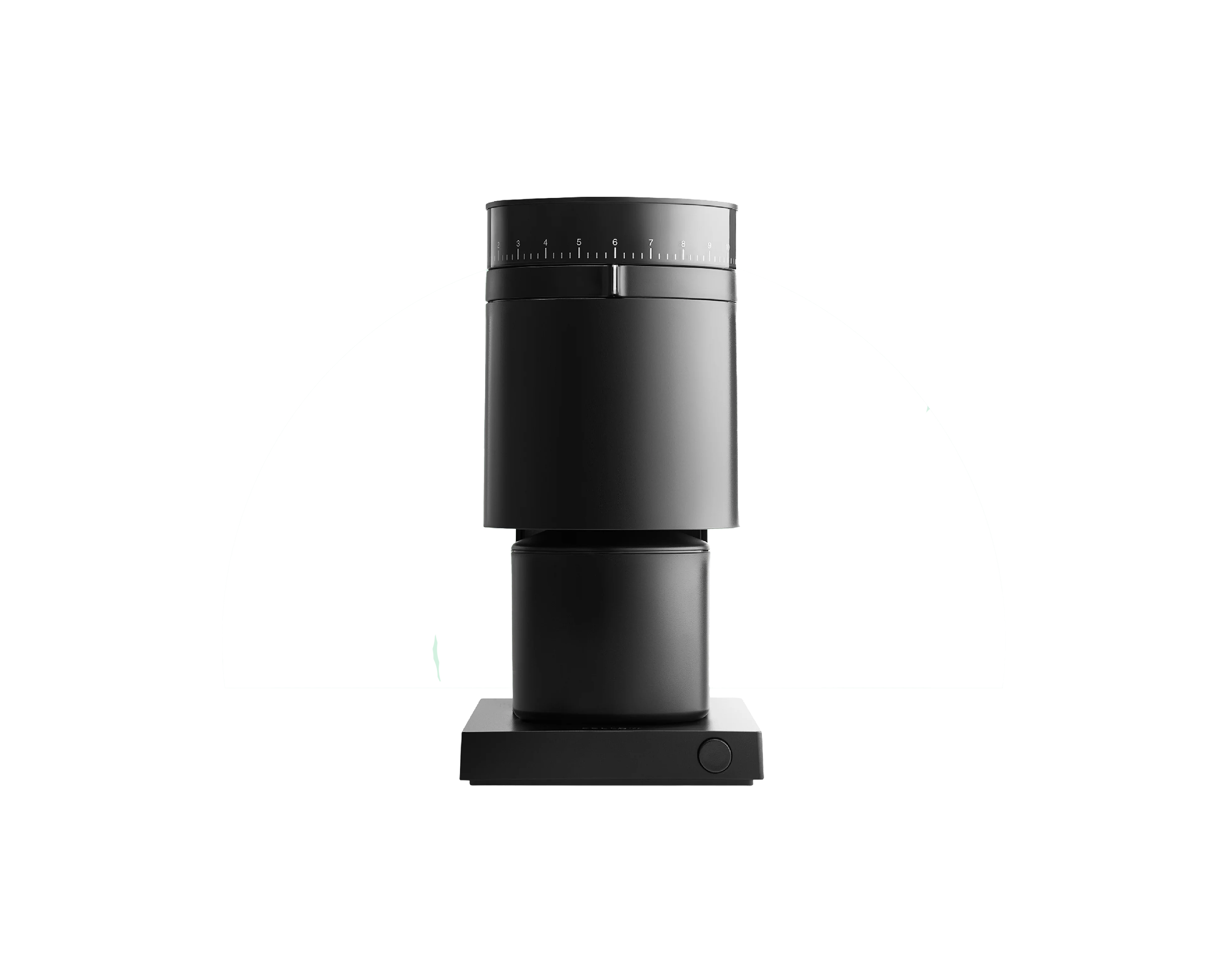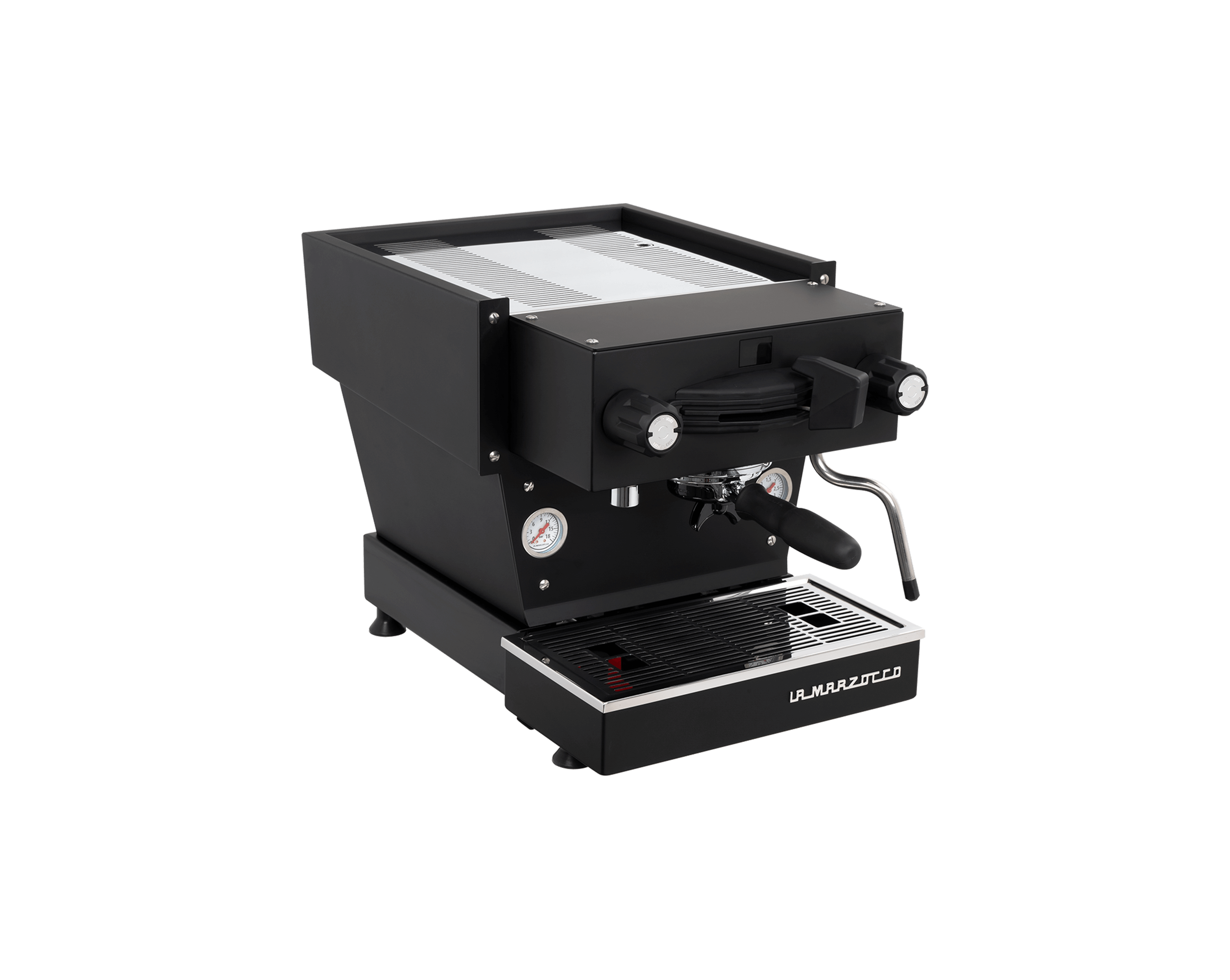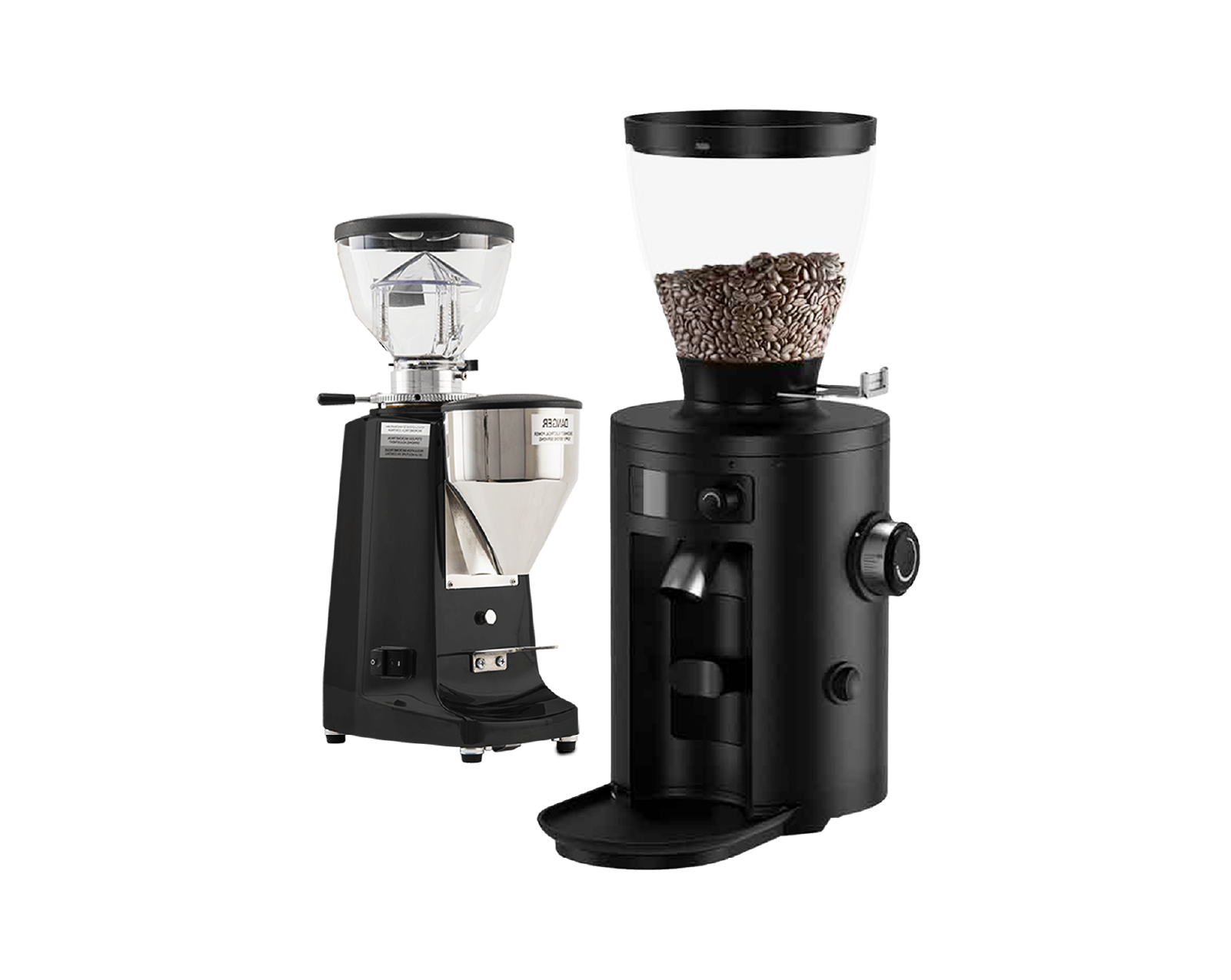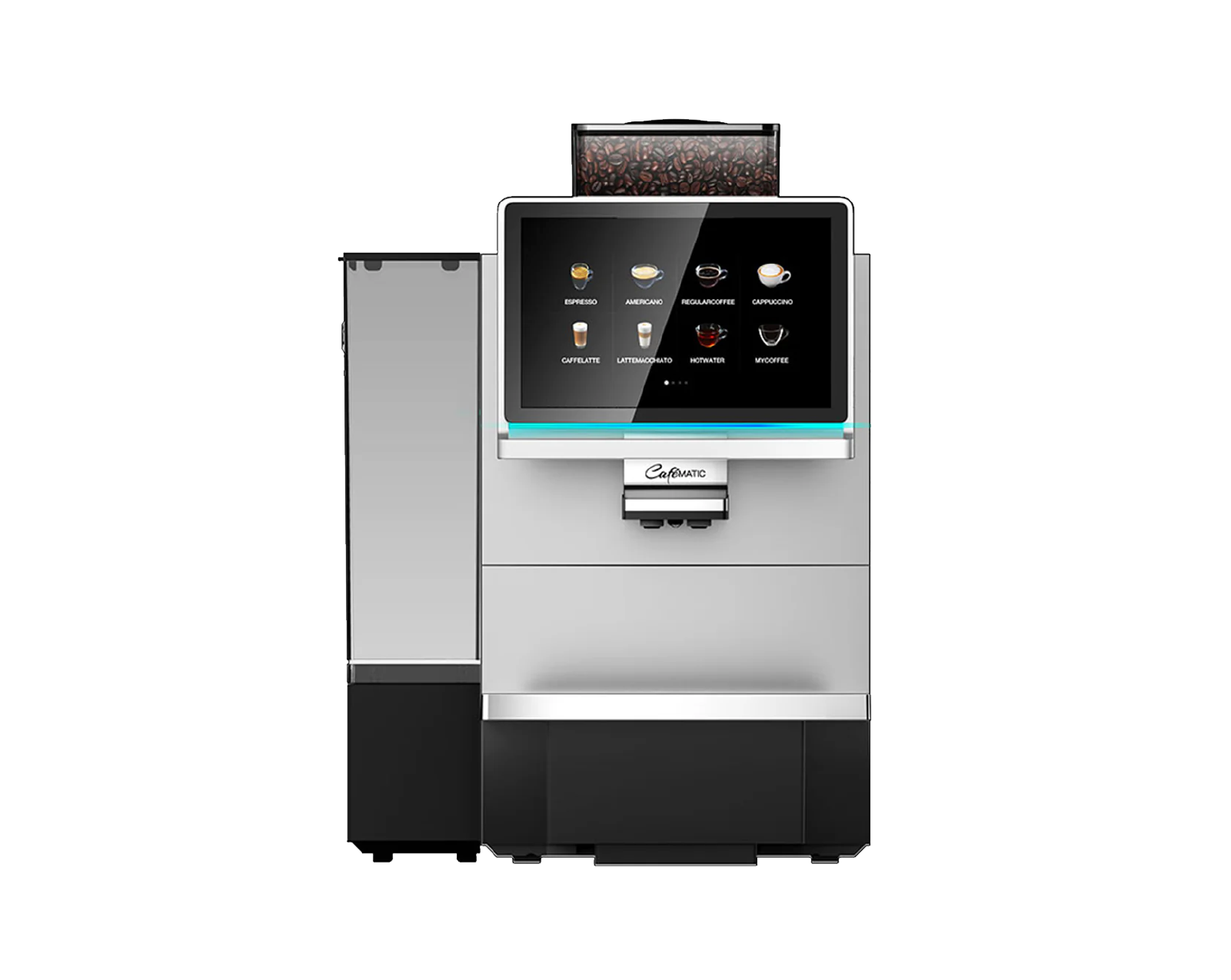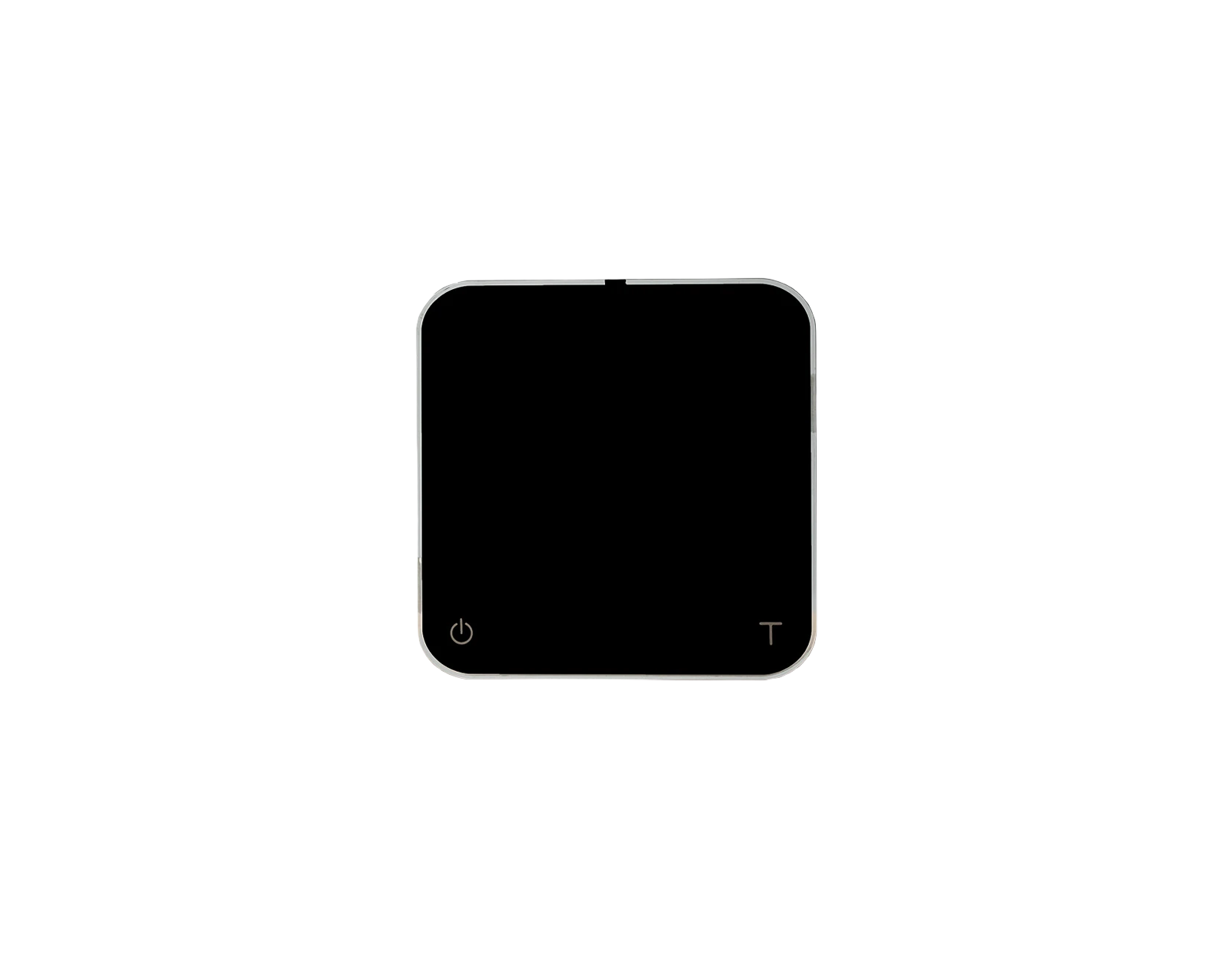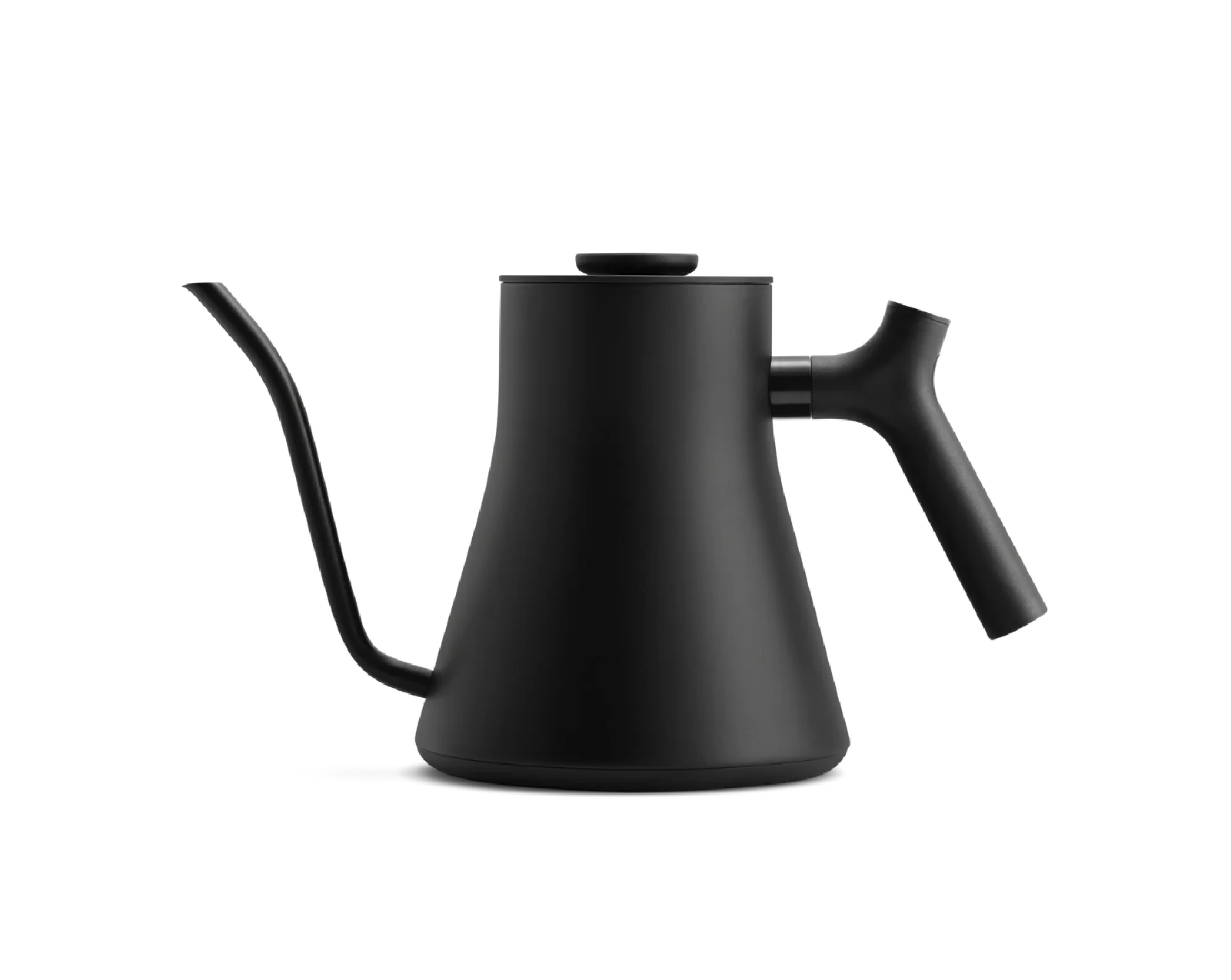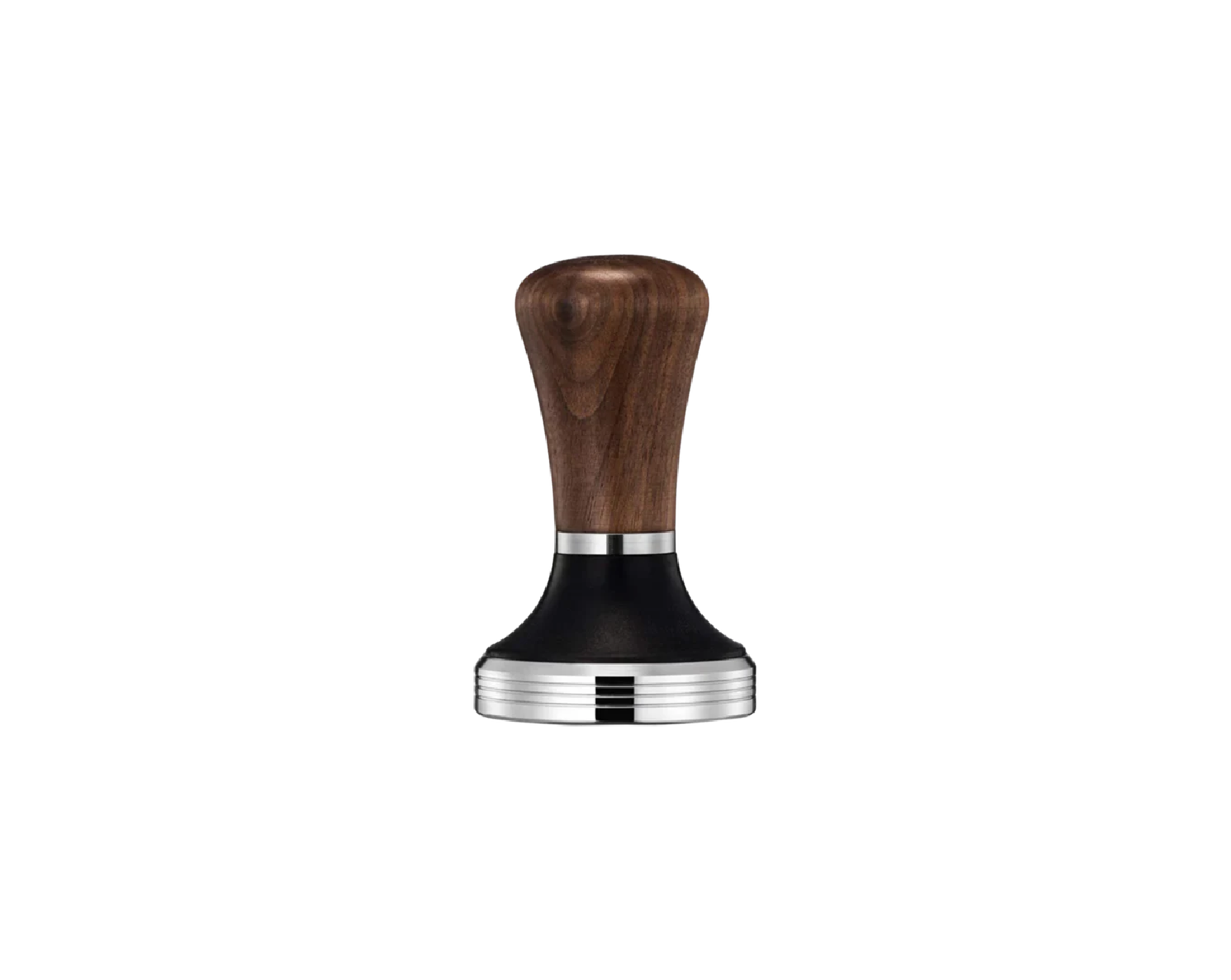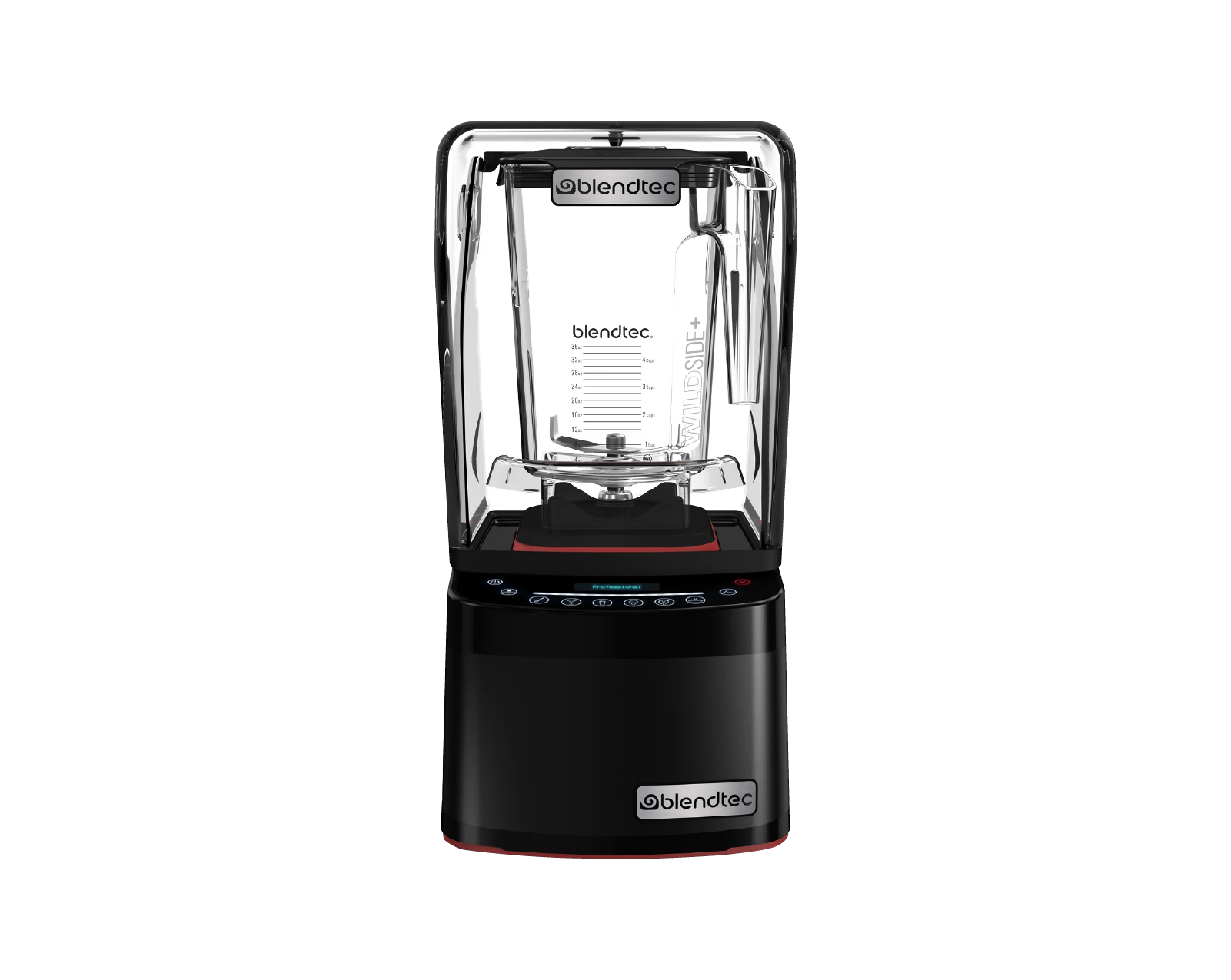Ultimate Guide to Descaling a Coffee Machine
Descaling your coffee machine is essential for maintaining its performance and ensuring every cup of coffee tastes just right. Over time, minerals from water can build up in your coffee machine, affecting its functionality and the flavor of your coffee. This comprehensive guide will take you through the process of descaling your coffee machine step by step, along with tips and FAQs to keep your machine in top condition.
Introduction
Descaling a coffee machine might seem like a tedious task, but it's crucial for ensuring your coffee tastes great and your machine lasts long. This guide will walk you through the entire descaling process, from understanding why it's necessary to detailed steps for different types of coffee machines.
Why Descale Your Coffee Machine?
Impact on Flavor
The minerals and limescale that build up in your coffee machine can significantly affect the taste of your coffee. Descaling helps remove these deposits, ensuring that each cup you brew is fresh and flavorful.
Machine Longevity
Regular descaling extends the life of your coffee machine by preventing limescale from damaging its internal components. This maintenance routine helps avoid costly repairs or the need for a new machine altogether.
Efficiency
A machine free from limescale runs more efficiently. Descaling ensures your coffee maker brews at the correct temperature and pressure, resulting in a better extraction and a perfect cup of coffee every time.
Understanding Limescale
What is Limescale?
Limescale is a hard, chalky deposit, primarily made up of calcium carbonate, that forms inside pipes and appliances that use water. It is especially prevalent in areas with hard water.
How It Forms
When water is heated, the calcium and magnesium in hard water precipitate out, forming limescale. Over time, these deposits build up inside your coffee machine.
Effects on Coffee Machines
Limescale buildup can lead to poor machine performance, affecting brewing times and temperatures, and ultimately, the quality of your coffee.
Signs Your Coffee Machine Needs Descaling
Poor Taste
If your coffee starts to taste bitter or off, it might be due to limescale affecting the brewing process.
Slow Brewing
A noticeable slowdown in brewing time can indicate that limescale is clogging your machine's internal components.
Unusual Noises
Gurgling or other strange noises during brewing often mean that your coffee machine is struggling with limescale buildup.
Indicators
Some machines have a descaling indicator light that will turn on when it's time to descale. If your machine has this feature, it's wise to follow it.
Types of Coffee Machines
Drip Coffee Makers
These are the most common types of coffee machines, where water drips through a filter filled with ground coffee.
Espresso Machines
Designed to force hot water through finely-ground coffee at high pressure, these machines often have more intricate internal components.
Single-Serve Brewers
Machines like Keurig or Nespresso use pre-packaged pods or capsules, brewing one cup at a time. They also require regular descaling.
Choosing the Right Descaling Solution
Commercial Descaling Products
There are many products specifically designed for descaling coffee machines. These solutions are formulated to effectively dissolve limescale without damaging your machine.
Homemade Solutions
Common household items like vinegar, lemon juice, and baking soda can also be used to descale your coffee machine. These are cost-effective and readily available alternatives.
How Often to Descale Your Coffee Machine
Manufacturer Recommendations
Always refer to your coffee machine's user manual for specific descaling recommendations. Manufacturers often provide guidelines based on the design and usage of the machine.
Frequency Based on Water Hardness
In areas with hard water, more frequent descaling is necessary. A good rule of thumb is to descale every 3-6 months, but this can vary depending on water hardness and machine usage.
Step-by-Step Guide to Descale a Drip Coffee Maker
Preparation
- Empty any remaining water and coffee grounds from the machine.
- Ensure you have your descaling solution ready.
Descaling Process
- Fill the water reservoir with the descaling solution or a mixture of water and vinegar.
- Run the machine as if brewing coffee, but without coffee grounds.
- Let the solution sit in the carafe for about 15 minutes to break down any limescale.
Rinsing
- Fill the reservoir with fresh water and run the machine several times to rinse out any remaining descaling solution.
- Ensure the machine is thoroughly rinsed to avoid any lingering taste from the descaling agent.
Step-by-Step Guide to Descale an Espresso Machine
Preparation
- Turn off and unplug the machine.
- Remove any capsules or coffee grounds.
Descaling Process
- Fill the water reservoir with the descaling solution.
- Run the descaling program or brew cycle as instructed by your machine’s manual.
- Allow the solution to pass through the machine, including the steam wand if applicable.
Rinsing
- Fill the reservoir with clean water and run multiple cycles to rinse the machine.
- Clean the steam wand and other components thoroughly.
Step-by-Step Guide to Descale a Single-Serve Coffee Machine
Preparation
- Remove any pods or capsules from the machine.
- Ensure the machine is turned off and unplugged.
Descaling Process
- Fill the water reservoir with the descaling solution.
- Place a large mug on the drip tray to catch the solution.
- Run the machine’s descaling program or brew cycle until the reservoir is empty.
Rinsing
- Fill the reservoir with clean water and run multiple brew cycles to rinse the machine.
- Repeat until the water runs clear and free of any descaling solution taste.
Homemade Descaling Solutions
Vinegar
Mix equal parts of water and white vinegar. This is a natural and effective way to descale your machine.
Lemon Juice
A mixture of lemon juice and water can also help break down limescale. It’s less pungent than vinegar and equally effective.
Baking Soda
Baking soda can be used as a gentle abrasive to clean the machine’s components, though it’s not as effective at dissolving limescale.
Using Commercial Descaling Products
Popular Brands
Look for brands like Dezcal, Urnex, and Durgol, which are specifically formulated for descaling coffee machines.
Instructions
Follow the manufacturer’s instructions for the best results. These products are designed to be safe and effective for coffee machines.
Preventing Limescale Buildup
Regular Maintenance
Clean your machine regularly to prevent limescale from building up in the first place.
Water Filtration
Using filtered water can significantly reduce the amount of minerals that enter your machine, slowing down the buildup of limescale.
Tips
- Empty the water reservoir when not in use.
- Regularly clean removable parts like the carafe and drip tray.
Common Mistakes to Avoid
Using Harsh Chemicals
Avoid using bleach or other harsh chemicals, as they can damage your machine and leave harmful residues.
Skipping Rinsing
Always ensure you thoroughly rinse your machine after descaling to remove any residual solution.
Infrequent Descaling
Stick to a regular descaling schedule to keep your machine running smoothly and your coffee tasting great.
Maintaining Your Coffee Machine Post-Descaling
Cleaning Routine
Establish a regular cleaning routine that includes wiping down the exterior, cleaning removable parts, and descaling.
Storage Tips
Store your coffee machine in a dry place and keep it covered to prevent dust buildup.
Environmental Impact of Descaling Solutions
Eco-Friendly Products
Consider using eco-friendly descaling products that are biodegradable and non-toxic.
Disposal of Descaling Solutions
Dispose of descaling solutions according to local regulations to minimize environmental impact.
Professional Descaling Services
When to Seek Help
If you’re unsure about descaling or if your machine has heavy limescale buildup, consider professional descaling services.
Cost
Professional services can vary in cost but are often a good investment for maintaining high-end machines.
Benefits
Professionals can ensure thorough cleaning and maintenance, extending the life of your machine.
Troubleshooting Descaling Issues
Persistent Limescale
If limescale persists after descaling, you might need to repeat the process or use a stronger solution.
Machine Damage
Inspect your machine for any signs of damage, and consult the manufacturer if needed.
Ineffective Descaling
Ensure you follow the correct procedure and use an appropriate descaling solution for your machine.
FAQs about Descaling a Coffee Machine
What is descaling and why is it important?
Descaling is the process of removing limescale buildup from your coffee machine to maintain its performance and ensure great-tasting coffee.
How often should I descale my coffee machine?
It depends on the water hardness and usage, but generally, every 3-6 months is recommended.
Can I use vinegar to descale my coffee machine?
Yes, a mixture of equal parts water and white vinegar is a popular homemade descaling solution.
Are commercial descaling products better than homemade solutions?
Commercial products are specifically formulated for descaling and may be more effective, but homemade solutions like vinegar can also work well.
What happens if I don't descale my coffee machine?
Limescale buildup can affect the taste of your coffee, slow down the brewing process, and potentially damage your machine.
Can descaling damage my coffee machine?
If done correctly, descaling should not damage your machine. Always follow the manufacturer’s instructions and use recommended descaling solutions.
Conclusion
Descaling your coffee machine is an essential maintenance task that ensures optimal performance and delicious coffee. By following this guide, you can effectively descale your machine, prevent future limescale buildup, and enjoy the perfect cup of coffee every time. Regular descaling not only enhances the taste of your coffee but also extends the life of your beloved coffee maker.



